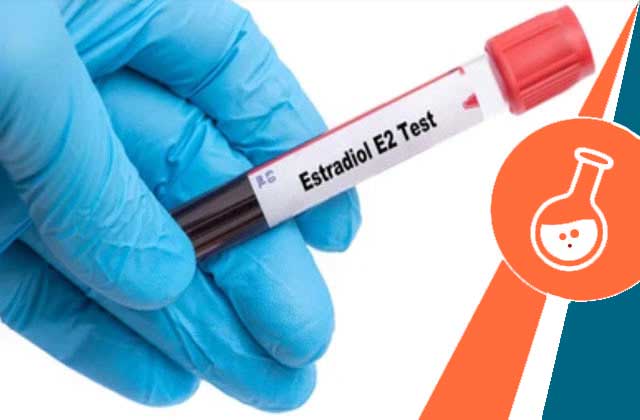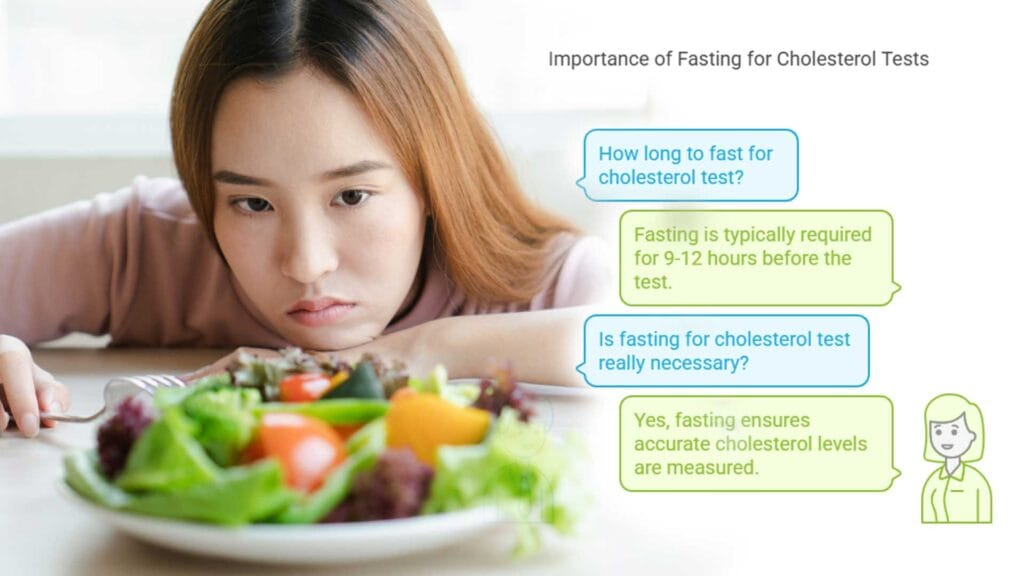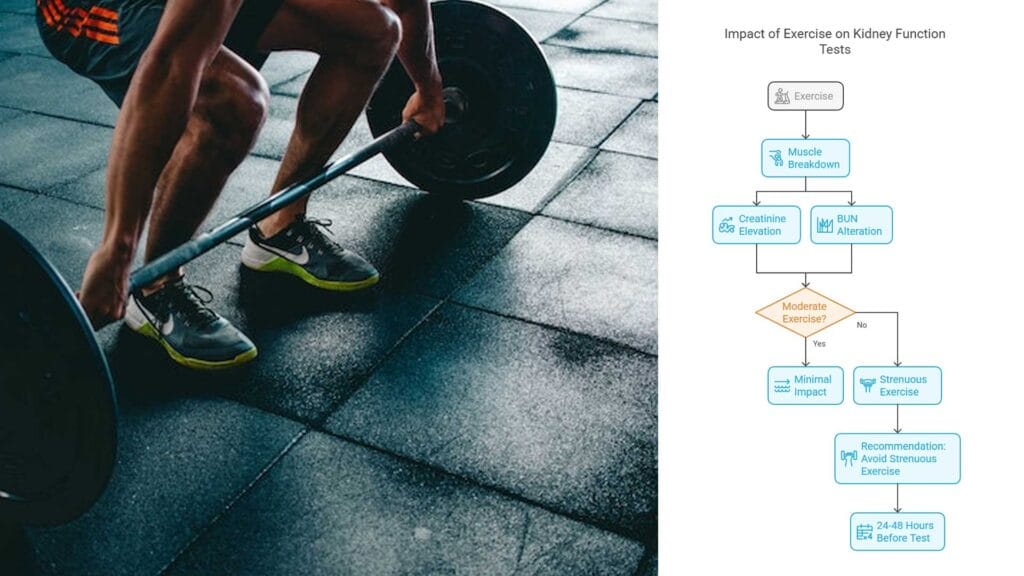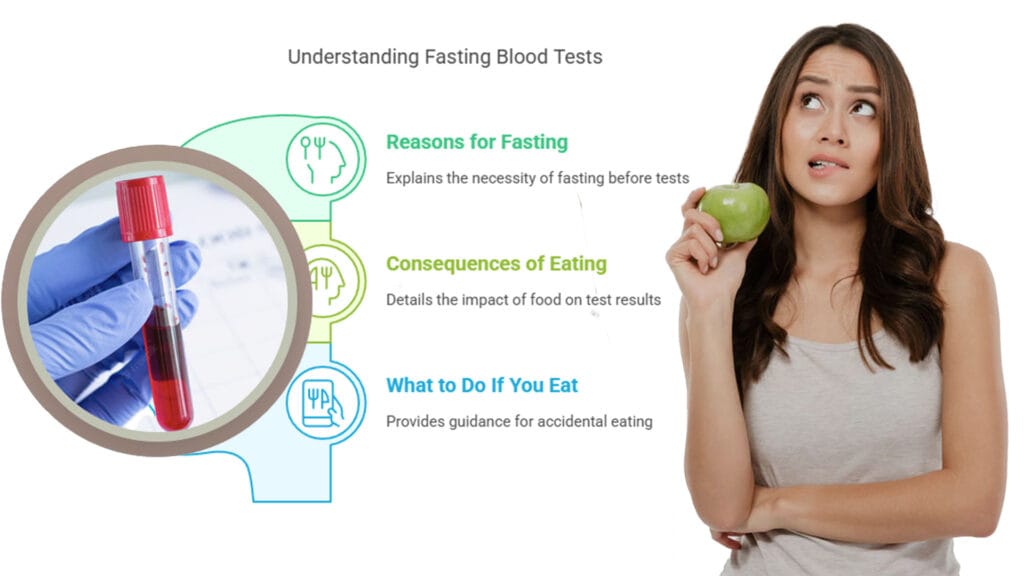Estradiol Test: What You Need to Know
Hormones play a crucial role in our overall health, and estradiol is no exception. Estradiol is a type of estrogen hormone that is primarily produced by the ovaries in females and the testes in males. It plays an important role in the development and maintenance of female reproductive organs, as well as bone health and brain function. In this blog, we will discuss the importance of getting tested for estradiol levels, what an estradiol test is, how it is conducted, and how to interpret the results.
Explanation of what an Estradiol Test is and why it is important
A. Explanation of what an Estradiol Test is
An estradiol test is a blood test that measures the levels of estradiol in your body. This test is usually done to assess reproductive function and can also be used to monitor the treatment of certain conditions, such as menopause, infertility, and some types of cancer.
B. Importance of getting tested for Estradiol levels
Getting tested for estradiol levels is important because it can help identify certain medical conditions, such as polycystic ovary syndrome (PCOS), menopause, and certain types of cancer. It can also help monitor the treatment of these conditions and ensure that hormone levels are within the normal range.
C. What does Estradiol do in the body
Estradiol plays a crucial role in the female reproductive system, as it is responsible for the development and maintenance of female reproductive organs, such as the uterus, vagina, and breasts. It also plays a role in bone health, as it helps to maintain bone density and prevent osteoporosis. Additionally, estradiol is involved in brain function, such as memory and mood.
What is Estradiol?
A. Definition of Estradiol
Estradiol is a type of estrogen hormone that is primarily produced by the ovaries in females and the testes in males. It is a steroid hormone that plays a vital role in the development and maintenance of female reproductive organs, as well as bone health and brain function.
B. Why is Estradiol tested?
Estradiol is tested to assess reproductive function and to monitor the treatment of certain conditions, such as menopause, infertility, and some types of cancer. It can also be used to diagnose certain medical conditions, such as PCOS.
C. Who should get an Estradiol Test?
An estradiol test is typically recommended for women who are experiencing menopausal symptoms, such as hot flashes, night sweats, and vaginal dryness. It may also be recommended for women who are experiencing irregular menstrual cycles or difficulty getting pregnant. Additionally, men who are experiencing symptoms of low testosterone may also be tested for estradiol levels.
D. How is the Estradiol Test conducted?
An estradiol test is a simple blood test that can be done in a doctor’s office or at a laboratory. The test involves drawing blood from a vein in your arm and sending it to a lab for analysis. Results are typically available within a few days.
Understanding the Results of an Estradiol Test
A. Normal Estradiol levels
The normal range for estradiol levels varies depending on age and sex. In women, normal estradiol levels range from 15 to 350 picograms per milliliter (pg/mL) during the menstrual cycle, with the highest levels occurring during ovulation. During menopause, estradiol levels typically decrease to less than 30 pg/mL. In men, normal estradiol levels are typically between 10 and 60 pg/mL.
B. High Estradiol levels
High estradiol levels in women can be a sign of several conditions, including ovarian tumors, liver disease, and hormone therapy. In men, high estradiol levels can be a sign of low testosterone levels or certain medical conditions, such as obesity.
C. Low Estradiol levels
Low estradiol levels in women can be a sign of menopause, premature ovarian failure, or certain medical conditions, such as Turner syndrome. In men, low estradiol levels can be a sign of low testosterone levels or certain medical conditions, such as pituitary gland problems.
D. What do abnormal results mean?
Abnormal results on an estradiol test may indicate the presence of a medical condition, such as PCOS, endometriosis, or certain types of cancer. Additional testing may be necessary to confirm a diagnosis and develop an appropriate treatment plan.
Conclusion
In conclusion, an estradiol test is an important tool for assessing reproductive function and monitoring the treatment of certain medical conditions. Understanding the results of the test can help identify potential health issues and ensure that hormone levels are within the normal range. If you have any concerns about your hormone levels, talk to your healthcare provider about whether an estradiol test is right for you.
More Related Tests
Why To Book with HealthCareOnTime
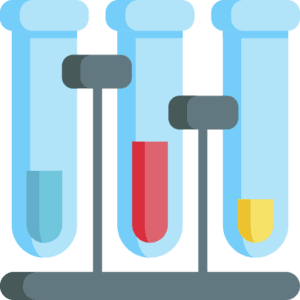
17 Crores+ Samples Processed

World Class Technology Labs

25+ Years of Trust & Experience

Free Home Collection
FAQs Around Estradiol/OEstrogen (E2) Test
What is the best time to get an Estradiol Test?
The best time to get an estradiol test varies depending on the reason for the test. Women who are not experiencing menopausal symptoms should have the test done during the follicular phase of their menstrual cycle, which is typically days 5-14. Women who are experiencing menopausal symptoms can have the test done at any time. Men can have the test done at any time.
Does age affect Estradiol levels?
Yes, estradiol levels decrease with age in women. During menopause, estradiol levels typically decrease to less than 30 pg/mL. In men, estradiol levels may increase with age.
What factors can affect Estradiol levels?
Several factors can affect estradiol levels, including pregnancy, menopause, hormonal contraceptives, certain medications, and certain medical conditions.
Are there any risks associated with the Estradiol Test?
The estradiol test is a simple blood test and is generally considered safe. However, as with any blood test, there is a small risk of bleeding, infection, or bruising at the site of the needle insertion.
How do I prepare for the Estradiol Test?
No special preparation is required for the estradiol test. However, it is important to inform your healthcare provider of any medications or supplements you are taking, as these may affect the results of the test.

